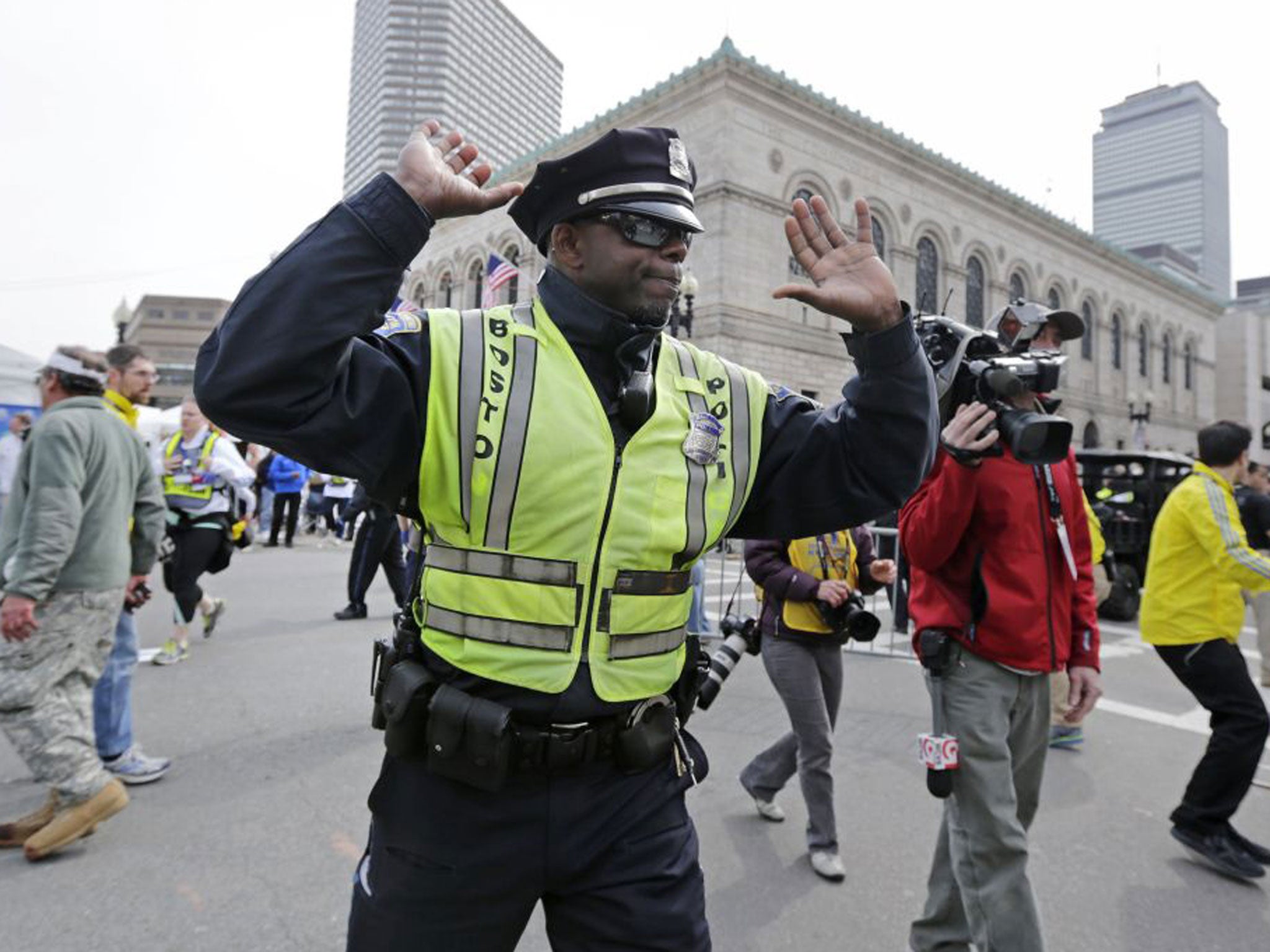Boston: From Vine to Google People Finder, technology is changing how we respond to a crisis
The speed with which people can now connect to a tragedy has practical implications

The dust is still settling on the tragic Boston bombings and the perpetrators remain at large but, for better and for worse, social media has offered a sea of response.
With CNN providing background noise, as I alternated between refreshing my twitter feed, messaging friends in the US and reading the first, emerging pieces of commentary, one tweet stood out. Neil Mann (@fieldproducer), Social Media and Innovation Editor at the Wall Steet Journal and respected Twitterite, posted: “Watching a U.S. TV Network respond to breaking news is like watching someone trying to turn a massive tanker around at sea.”
To extend the metaphor, the old media tankers are now flanked by a whole flotilla of tugs, schooners and go-fast boats darting off in different directions, scouting unchartered waters in a flash – and catching flotsam and jettison along the way. Occasionally and predictably, too, they skirmish with each other.
Firstly though, the internet has a lot positive to offer at such moments. In the wake of tragedies past, people relied on humanitarian organisations, phone calls out of the emergency zone and photocopied posters to locate missing persons. We saw this as recently as 9/11 and the Indian Ocean Tsunami. Social media supersedes the need for marker pens, a stable phone line and Red Cross survivor records. The first tweet hashtagged #BostonHelp went out shortly after 3pm local time; the first explosion had gone off at 2.50pm. Since then, it has been attached to nearly 1,500 tweets, reaching 23,764,253 timelines. They offer a range of things: a place to sleep, helpful information and restaurants offering free food, drinks, wifi and place to charge phones.
In a similar vein, the Boston Globe quickly launched an editable Google Doc spreadsheet, allowing people to offer essentials to those in need.
Much has been said of this ability of the internet to level marketplaces, connecting supply directly to demand. Crassly put, Google People Finder applies this principle to humanitarian situations. Developed in response to the Haiti earthquake in under 72 hours, it was rolled out after the Tohoku earthquake, Pakistan floods and other tragedies, each time within a matter of hours. The service allows people to post missing persons and collates information from other databases, creating a comprehensive, easy-to-search directory.
One of rolling news’s most valuable commodities is the footage of "the moment at which everything changed". Vine, a service set up less than a year ago, lets users share six-second video loops and it may have taken a sizeable chunk of this cargo on board yesterday. Within 55 minutes of being tweeted, @doug_lorman’s vine of the explosion had been reposted over 15,700 times and seen by over 35,000 people. Harold Evans, legendary editor of The Sunday Times, often makes the point that photos hold more power than video as the mind’s eye finds it harder to recall moving images than a single, clear photograph. Vine may yet challenge that supposition.
We still don’t know who did this. But a rash of speculation, of course, has broken out across social media, much from its nastier corners. Anti-Islam blogger Pamela Gellar (@pamelagellar) blogged that the attack was a ‘Jihad in America’ and went on a Twitter offensive, while right-wing commentator Erik Rush (@ErikRush) tweeted: "Muslims are evil. Let’s kill them all". A conspiracy that this is a government ‘false flag’ operation to remove civil liberties is rife, helped along by #falseflag.
Wary of the misguided speculation that flooded the Twittersphere after the Newtown killings, there have been many voices calling for caution. @SMCDC tweeted: It's worth noting that news from the Boston Marathon is still in the breaking stage. Try to avoid speculation. Much is unconfirmed.” And @DanzaDragon: “I find it an act of respect to those implicated in the Boston explosions to avoid throwing out speculation and conspiracies.” This is an interesting development, which, as Erik Wemple in The Washington Point points out, sees Twitter become its own ombudsman.
But there is a fine line between this and in-fighting, which can distract from the point and amplify the wrong parts of the debate. Gellar and Rush have received much short shrift from angered users, while Owen Jones has been criticised for being ‘glib’ for mentioning the tragedy alongside a bombing in Iraq that killed at least 31 people. Against all this, @RollDiggity said it best: “Twitter does its best work in the first five minutes after a disaster, and its worst in the twelve hours after that.”
With news yesterday of a 7.8-magnitude earthquake in Iran, and hundreds feared dead, let’s hope we see the internet’s ability to bring people together, not push them apart, in full force.
Join our commenting forum
Join thought-provoking conversations, follow other Independent readers and see their replies
Comments